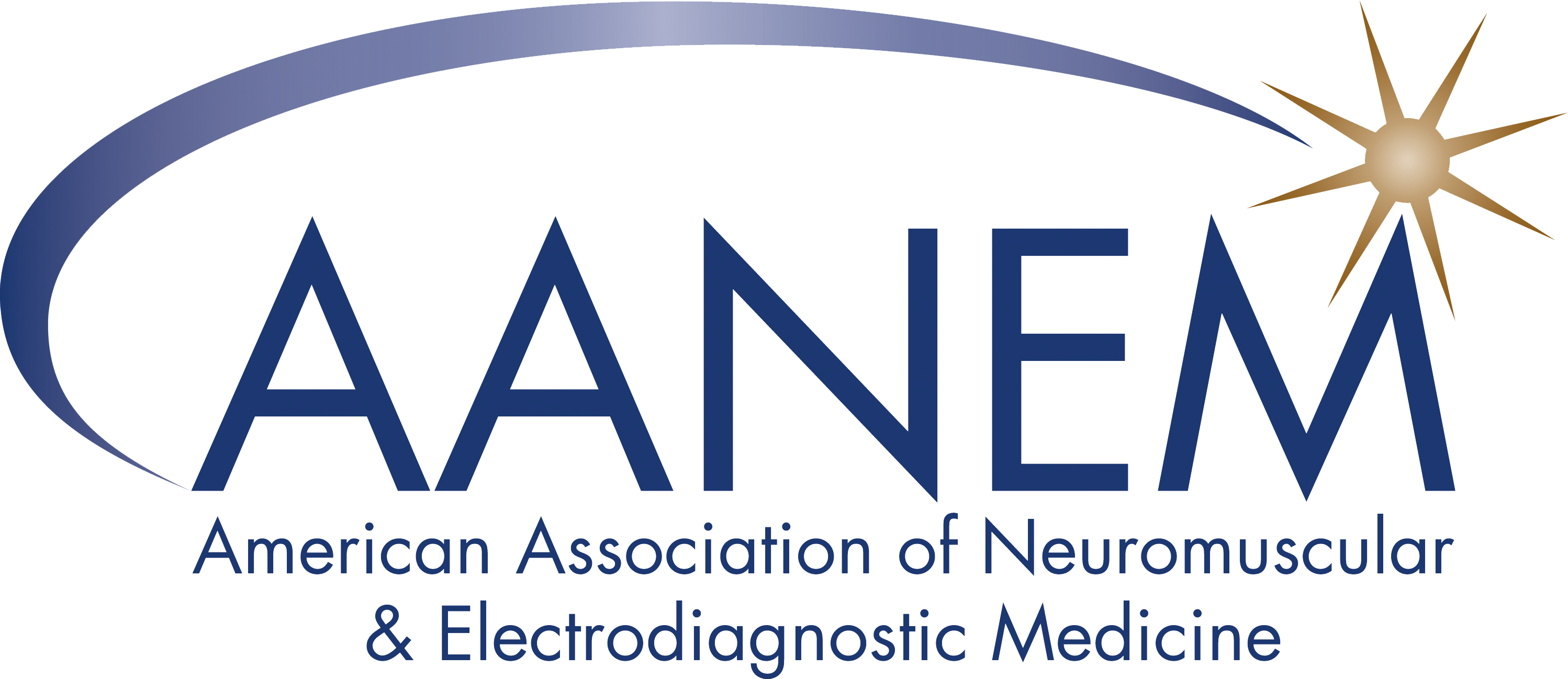Patient Safety: Colchicine Toxicity
Published August 11, 2025
From the Quality and Patient Safety Committee
A 70-year-old man is referred for EDX evaluation of subacute onset of bilateral proximal leg weakness
worsening over the past several weeks. He has a past medical history of type 2 diabetes mellitus, hypertension,
chronic renal insufficiency, and gout, and he has been on colchicine for several years to manage his gout symptoms.
On physical examination, he has 3/5 strength in bilateral hip flexion with 4+/5 strength more distally in his legs.
Exam is also notable for hyporeflexia and distal sensory deficits in the feet. Nerve conduction studies and
EMG are performed, with results suggestive of concurrent irritable myopathy and sensorimotor
axonal polyneuropathy.
Question: Which of the following increases the risk for development of colchicine neuromyopathy?
A. Chronic renal disease
B. Age older than 50
C. Hypertension
D. Recent initiation of colchicine therapy
Explanation:
The correct answer is A. The NM complications of colchicine toxicity may be underrecognized. Colchicine, which is commonly used to treat gout, has been associated with both myopathy and neuropathy. Patients with chronic renal insufficiency may be at higher risk for these complications, even in the standard dose range. Symptom course may be either acute, subacute, or chronic, and patients typically present with a chief complaint of weakness. Key clinical exam findings include symmetric proximal muscle weakness characteristic of myopathy and distal symmetric sensory deficits. Laboratory studies may show an elevated creatine kinase (CK) level.
On EDX testing, needle EMG reveals myopathic motor unit potentials in proximal muscles, often with evidence of fibrillations or positive sharp waves. There may also be signs of accompanying axonal sensorimotor polyneuropathy on nerve conduction studies. Muscle pathology typically shows a vacuolar myopathy, often with autophagic vacuoles. The differential diagnosis can include polymyositis, due to the elevated CK levels and signs of irritable myopathy on EDX testing, however this can be distinguished on muscle biopsy and by response to colchicine cessation. Patients improve with discontinuation of colchicine therapy.
Authors: Kara Stavros, MD; Charles Kassardjian, MD, MSc, FRCPC
Sources:
- Kuncl RW, Cornblath DR, Avila O, Duncan G. Electrodiagnosis of human colchicine myoneuropathy. Muscle Nerve. 1989 May;12(5):360-4. doi: 10.1002/mus.880120504. PMID: 2725561.
- Ghosh PS, Emslie-Smith AM, Dimberg EL. Colchicine-induced myoneuropathy mimicking polyradiculoneuropathy. J Clin Neurosci. 2014 Feb;21(2):331-2. doi: 10.1016/j.jocn.2013.01.019. Epub 2013 Sep 23. PMID: 24071053.
- Kuncl RW, Duncan G, Watson D, Alderson K, Rogawski MA, Peper M. Colchicine myopathy and neuropathy. N Engl J Med. 1987 Jun 18;316(25):1562-8. doi: 10.1056/NEJM198706183162502. PMID: 3035372.
- Abudalou M, Mohamed AS, Vega EA, Al Sbihi A. Colchicine-induced rhabdomyolysis: a review of 83 cases. BMJ Case Rep. 2021 Jul 21;14(7):e241977. doi: 10.1136/bcr-2021-241977. PMID: 34290008; PMCID: PMC8296791.
- van der Naalt J, Haaxma-Reiche H, van den Berg AP, Hazenberg BP, Molenaar WM. Acuteneuromyopathy after colchicine treatment. Ann Rheum Dis. 1992 Nov;51(11):1267-8. doi:10.1136/ard.51.11.1267. PMID: 1466611; PMCID: PMC1012478.
